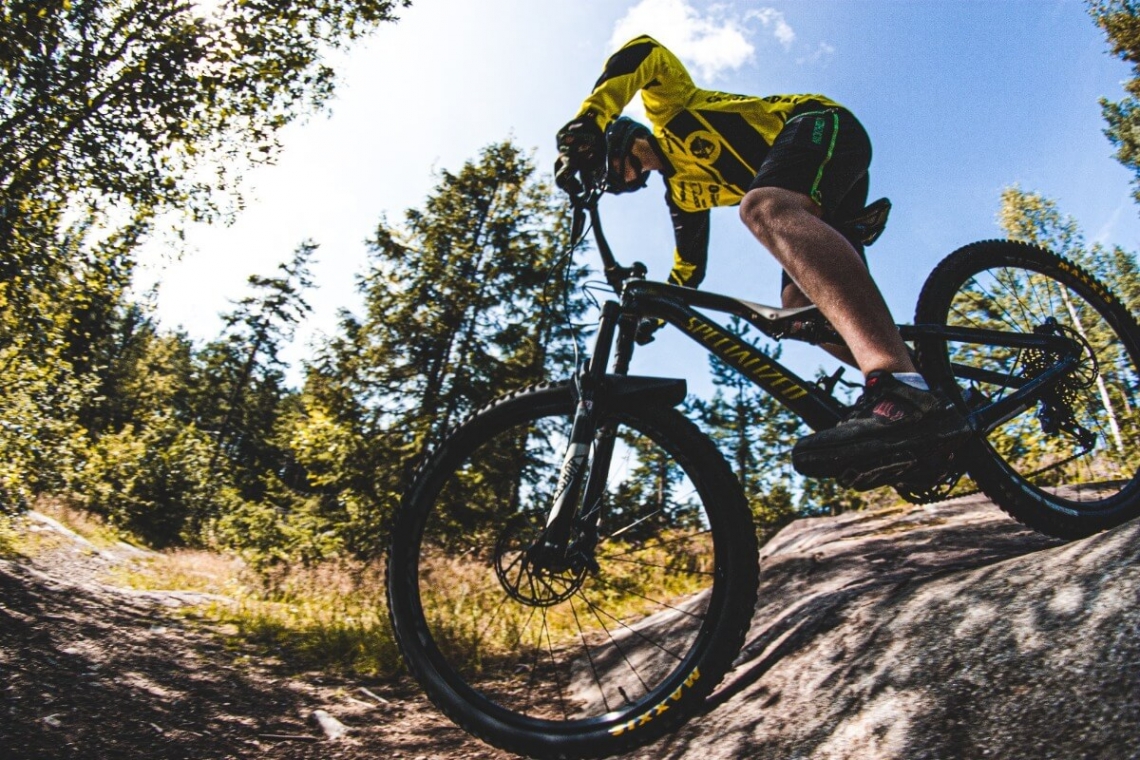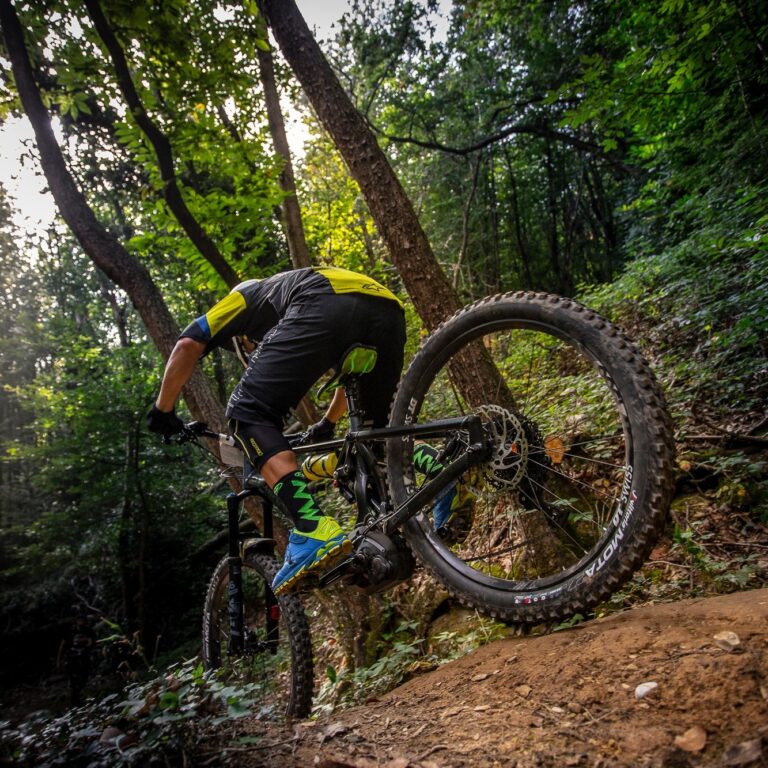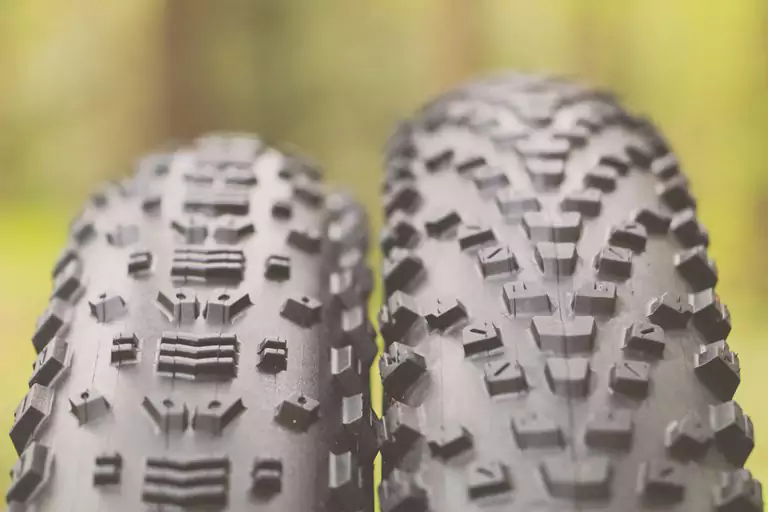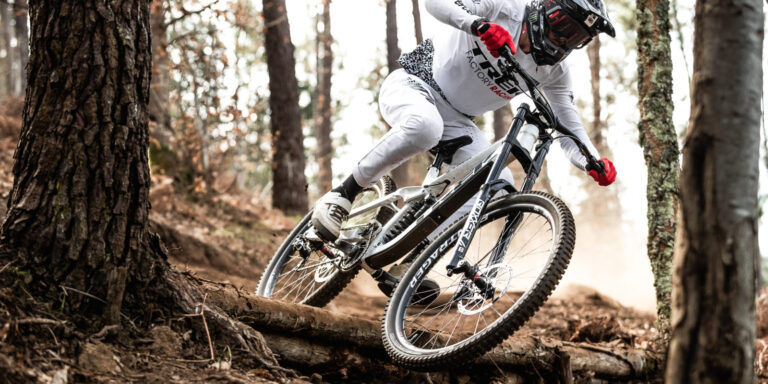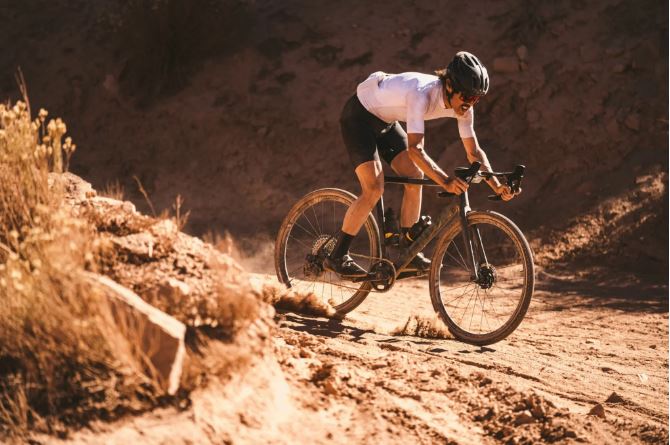Mastering Downhill: The Role of Tread Patterns for Downhill Biking
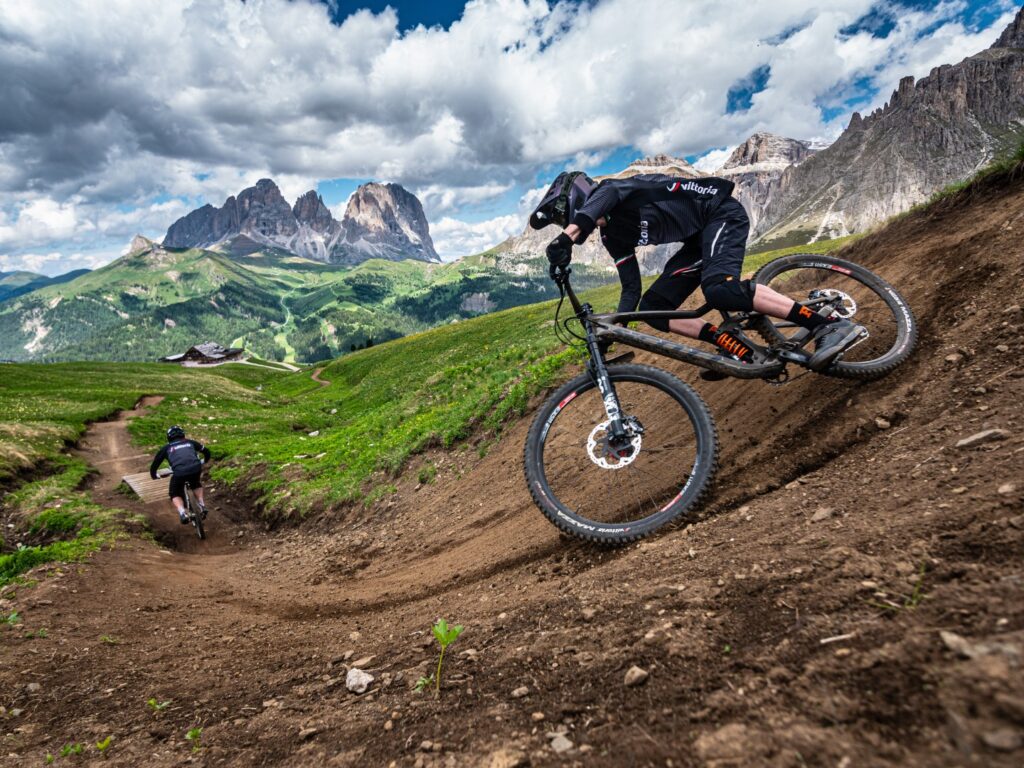
Key Point Summary of Tread Patterns for Downhill Biking:
- Tread Patterns and Their Purpose: Understanding how tread design affects grip and bike handling.
- Types of Treads for Different Terrains: Selecting the right tread for mud, rocks, or mixed conditions.
- Tire Width and Tread: How width influences tread effectiveness and bike stability.
- Maintenance and Wear: Keeping an eye on tread wear for optimal performance.
As a cyclist who has spent years delving into various biking disciplines – mountain biking, gravel, cyclocross, and particularly downhill (DH) biking – I’ve come to appreciate the nuances that make a big difference in performance. One such aspect, which is often overlooked by beginners but is paramount in downhill biking, is the tread pattern on your tires.
Understanding Tread Patterns in Downhill Biking
Tread patterns on a downhill bike tire are like the soles of a runner’s shoe; they’re what connects you to the ground. In downhill biking, where you face steep, often treacherous descents, the right tread pattern can mean the difference between a controlled, exhilarating ride and a slip-sliding disaster.
Why Tread Matters
The primary role of tread is to provide grip. In downhill biking, you need tires that can grip the terrain in all conditions – dry, wet, muddy, or rocky. The tread pattern determines how well your tire can cling to these surfaces and how effectively it can shed mud or debris.

Types of Treads for Different Terrains
- Mud Treads: For those deep, muddy trails, you want a tire with tall, widely spaced knobs. This design helps the tire cut through the mud and maintain grip. In my early days of downhill racing, I quickly learned that a mud-specific tire could turn a slippery, treacherous track into a manageable challenge.
- Rocky Terrain Treads: When you’re dealing with rocky terrains, you need a tire with more surface area contact. Tires designed for rocky conditions usually have smaller, closer-spaced knobs. They provide a smoother ride and better grip on hard surfaces.
- Mixed Condition Treads: These are the all-rounders. If you’re riding trails with a mix of conditions – some mud, some rock, some dry patches – a mixed-condition tread pattern is your best bet. It strikes a balance between grip and rolling resistance.
Tire Width and Tread Pattern
The width of your tire also plays a role in how effective a tread pattern can be. Wider tires offer more surface area, which can improve grip. However, they can also be heavier and may affect rolling resistance. In my experience, a slightly wider tire with a well-designed tread pattern offers the best compromise for downhill biking.
Maintenance and Awareness of Tread Wear
Treadwear is a reality in downhill biking. Regularly inspecting your tires for wear and tear is crucial. Worn-out treads mean reduced grip and control, which can be particularly dangerous in downhill biking. I always keep an eye on my tire tread, especially after particularly rough rides.
Personal Anecdotes and Experiences
- The Mud Lesson: I remember one race where I underestimated the muddy conditions. Halfway down, my tires, not suited for heavy mud, were caked, and I lost significant control. That day taught me the importance of choosing the right tread for the conditions.
- The Rocky Revelation: On a rocky trail in Colorado, I tried a tire with a more aggressive, rock-specific tread. The difference in grip and confidence it gave me was astounding. It was like switching from walking on ice to solid ground.
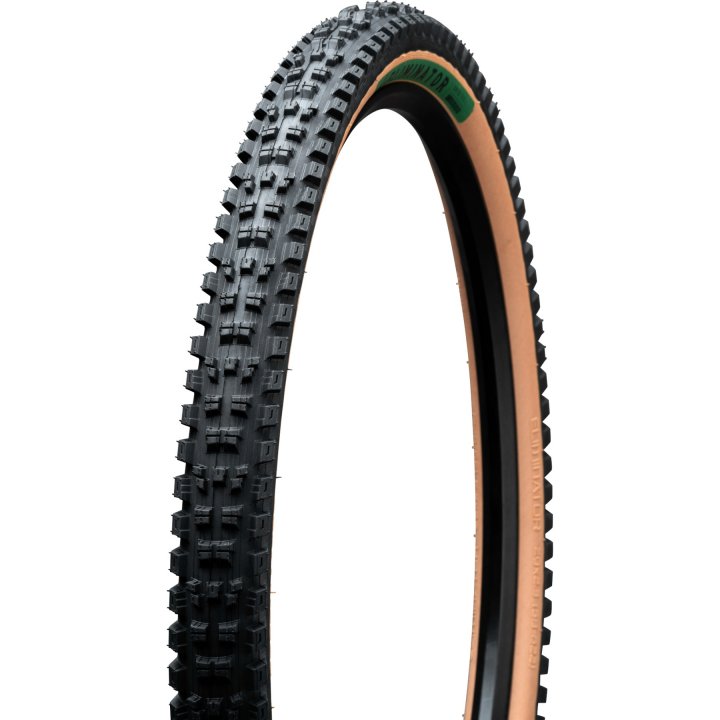
Choosing the Right Tread
Choosing the right tread pattern isn’t just about picking the most aggressive or the most popular tire. It’s about understanding the conditions you’ll be riding in and how different tread designs will perform in those conditions.
Concluding Thoughts
In downhill biking, the right tread pattern on your tires is a critical factor that can greatly enhance your riding experience. It’s about finding the right balance between grip, control, and rolling efficiency. So take the time to understand the different tread patterns and choose the one that best suits your riding style and the terrain you’ll be tackling.
Based on the explanation above about tread patterns and their importance in downhill biking, here are some of the best downhill bike tires that cater to different terrain and grip requirements:
- Continental Der Kaiser Projekt: A robust tire with great puncture protection and excellent grip, particularly on rocky and hardpack terrain.
- Pirelli Scorpion DH: Known for its aggressive tread pattern, this tire provides excellent traction and stability in a variety of downhill conditions.
- Specialized Butcher DH: Features an aggressive tread design for outstanding grip and control in rough terrain, making it a popular choice for downhill riders.
- Maxxis High Roller II DH: A versatile tire with a tread pattern that provides excellent braking and cornering traction in diverse downhill conditions.
Each of these tires is designed to offer durability, grip, and stability, catering to the rigorous demands of downhill mountain biking.
Your downhill rides will be all the better for it!
John
FAQ
What is the tread pattern on a mountain bike?
The tread pattern on a mountain bike tire typically consists of large, widely spaced knobs designed to provide grip and traction on a variety of off-road surfaces like mud, rocks, and loose dirt.
What are four 4 categories of tread patterns?
The four categories of tread patterns are 1) Slick, 2) Semi-slick, 3) Inverted tread, and 4) Knobby.
Which TYRE tread pattern is best for bike?
The best tire tread pattern for a bike depends on the riding conditions: for road biking, slick tires are best; for mixed surfaces, semi-slick or inverted tread; and for off-road or mountain biking, knobby tires are ideal.
What is the best tread pattern?
The best tread pattern depends on the specific use: slick for road cycling, semi-slick for light off-road, inverted for mixed conditions, and knobby for rough, off-road terrain.
